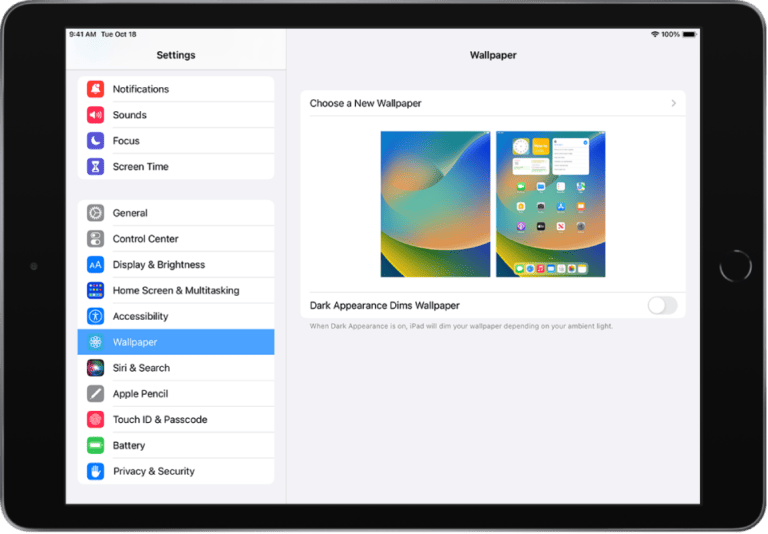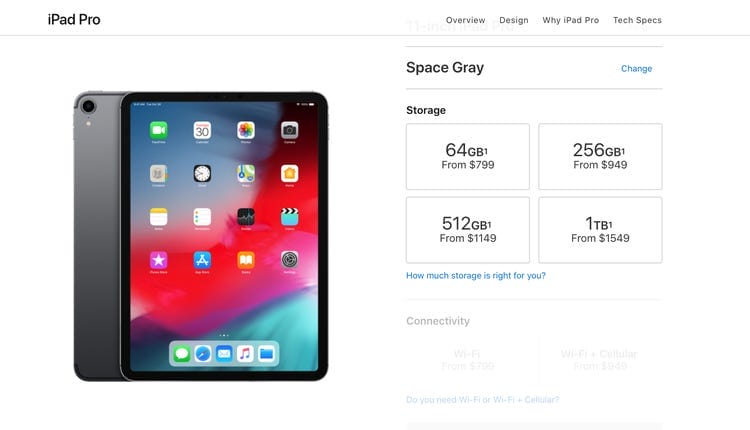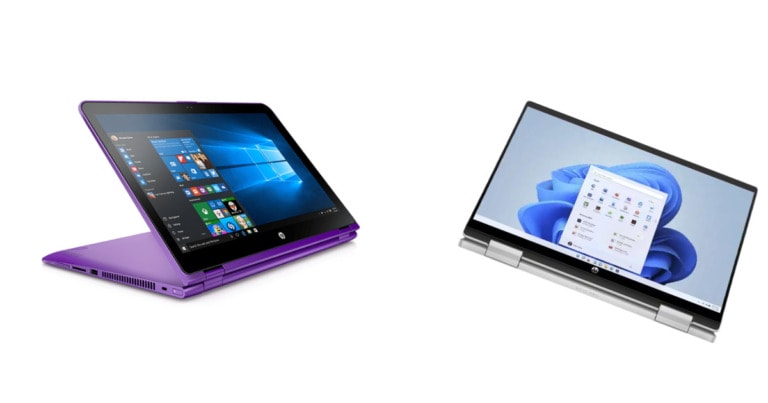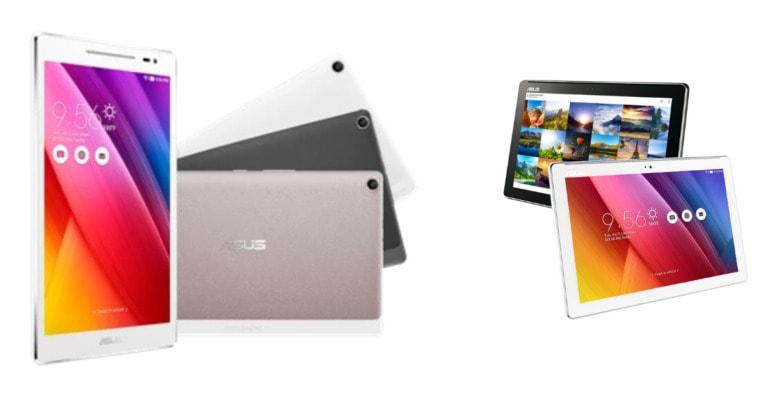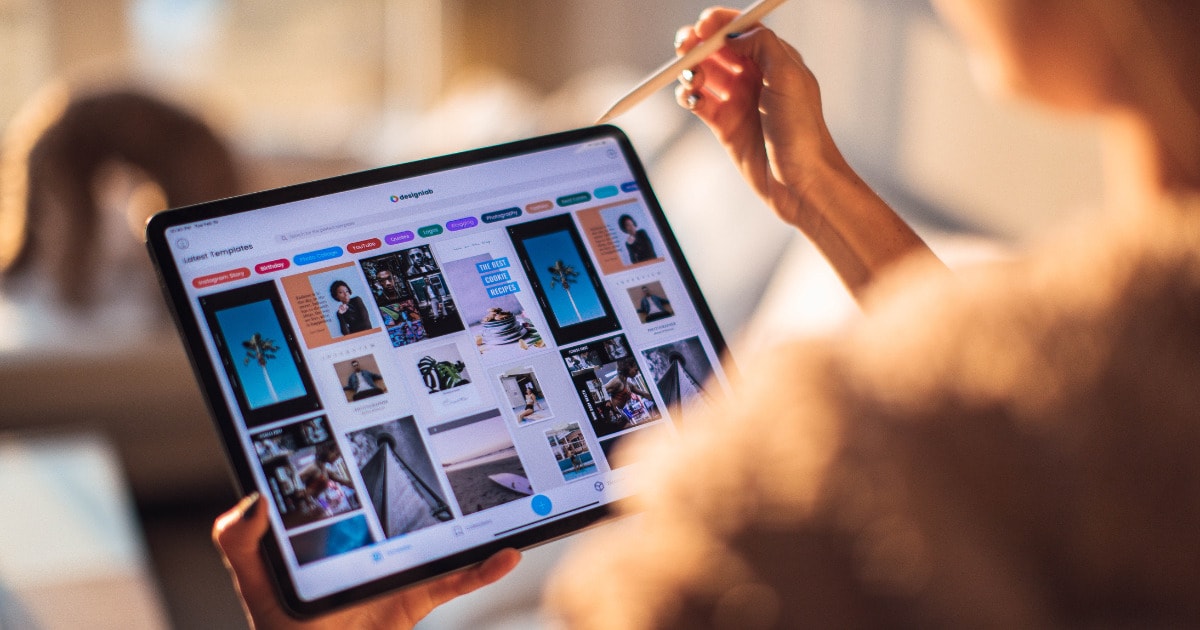
Are you a budding artist looking to dive into the world of digital art? Have you heard about graphic tablets but aren’t sure if they’re suitable for beginners? Well, you’re in the right place! Today, we’re going to explore the question: Is a Graphic Tablet Suitable for Beginners?
Picture this: You’ve just unboxed your shiny new graphic tablet, and you’re eager to unleash your creative potential. Whether you’re a beginner or a seasoned artist, a graphic tablet can be a game-changer. But here’s the thing: you don’t need to be an expert to get started!
Graphic tablets offer a user-friendly interface and intuitive controls, making them suitable for beginners of all ages.
So why should you consider investing in a graphic tablet as a newbie artist? Well, buckle up because the possibilities are endless! With a graphic tablet, you can sketch, draw, paint, and even animate your artwork with ease. Plus, the tablet’s pressure sensitivity and precise stylus provide a natural drawing experience, mimicking the feel of pen and paper.
So, grab your creativity by the reins and let your imagination run wild with a graphic tablet!
Is a Graphic Tablet Suitable for Beginners?
If you’re a beginner looking to explore digital art, a graphic tablet can be a great tool for you. With its pressure-sensitive surface and pen-like stylus, a graphic tablet allows you to create precise and detailed artwork. It provides a smooth and intuitive drawing experience, making it perfect for beginners to learn and practice.
Additionally, many graphic tablets offer features like customizable buttons, tilt recognition, and palm rejection, enhancing the user experience and making it easier to navigate digital art software.
Benefits of Using a Graphic Tablet as a Beginner
Using a graphic tablet as a beginner opens up a world of possibilities. Here are some benefits that make it a great tool for beginners:
1. Enhanced Precision and Control
One of the biggest advantages of a graphic tablet is the enhanced precision and control it offers. With a stylus that mimics traditional drawing tools, beginners can navigate through designs and illustrations with ease. This level of control allows for greater detail and accuracy, resulting in more professional-looking artwork.
Additionally, graphic tablets often come with pressure sensitivity, meaning that the artist can vary the thickness and opacity of their strokes by adjusting the pressure applied to the stylus. This feature provides a more natural drawing experience and allows beginners to experiment with various techniques.
2. Seamless Transition from Traditional Art
If you have a background in traditional art, a graphic tablet offers a seamless transition to the digital realm. The stylus provides a familiar feel, making it easier for beginners to adapt. The ability to work with layers and undo mistakes also offers an advantage over traditional media, allowing you to experiment without the fear of ruining your artwork.
Furthermore, as a beginner, you can explore various digital art software options available. These programs often mimic traditional painting and drawing tools, making it easier to adapt your skills and explore new techniques.
3. Versatility and Flexibility
Unlike traditional art tools, a graphic tablet offers flexibility and versatility. With the ability to switch between brushes, colors, and textures with a few clicks, beginners can experiment and explore without the constraints of physical supplies.
Additionally, graphic tablets offer features like layers, transformation tools, and customizable shortcuts, which can enhance your workflow and creativity.
Moreover, a graphic tablet allows you to work on a variety of projects, from digital illustrations to photo editing and even 3D modeling. This versatility makes it an excellent investment for beginners who want to explore different creative avenues.
4. Digital Learning Resources
As a beginner, you have access to a wealth of digital learning resources when using a graphic tablet. Online tutorials, courses, and communities are readily available, offering step-by-step guidance and inspiration from experienced artists. These resources can help you improve your skills, learn new techniques, and stay motivated.
Additionally, some graphic tablet manufacturers provide their own software with interactive tutorials and exercises specifically designed to help beginners get started. These resources can be invaluable in your artistic journey and can significantly shorten the learning curve.
Considerations for Beginners
While graphic tablets offer numerous benefits for beginners, there are a few considerations to keep in mind before making a purchase:
1. Budget
Graphic tablets come in various price ranges, and as a beginner, it’s essential to consider your budget. Higher-end tablets offer advanced features and better build quality, but they may not be necessary when starting out. Look for tablets that offer a balance between affordability and functionality, ensuring that you get the necessary features without breaking the bank.
2. Skill Level and Goals
Consider your current skill level and goals as an artist. If you are just starting and exploring digital art as a hobby, an entry-level tablet with basic features might be sufficient. On the other hand, if you are serious about pursuing a career in digital art or design, you may want to invest in a tablet with more advanced features and capabilities.
3. Compatibility and Connectivity
Ensure that the graphic tablet you choose is compatible with your computer or device. Most tablets are compatible with both Windows and Mac systems, but it’s always a good idea to double-check. Additionally, consider the connectivity options, whether it uses USB, Bluetooth, or both, to ensure a seamless connection with your device.
4. Size and Ergonomics
The size of the tablet can significantly impact your comfort and drawing experience. Larger tablets offer more drawing space and can be more comfortable for extended use. However, they may also be bulkier and less portable. Consider the size that best suits your needs and working environment.
Tips for Beginners
If you’ve decided to dive into the world of graphic tablets as a beginner, here are some tips to help you get started:
1. Practice Hand-Eye Coordination
Using a graphic tablet requires developing hand-eye coordination as you draw on the tablet’s surface while looking at the screen. Practicing hand-eye coordination exercises, like tracing lines or shapes, can help you get accustomed to the tablet’s dynamics and improve your precision.
2. Experiment with Different Brushes and Techniques
Take advantage of the digital nature of the medium and experiment with different brushes, textures, and techniques. Use the flexibility of the graphic tablet to explore various styles and find your unique artistic voice. Don’t be afraid to step out of your comfort zone and try new things.
3. Join Communities and Seek Feedback
Find online communities and forums where you can share your artwork, seek advice, and receive feedback from fellow artists. Engaging with others in the digital art community can be inspiring and motivating. It’s also an opportunity to learn from experienced artists and expand your knowledge.
A graphic tablet is undoubtedly suitable for beginners, offering enhanced precision, flexibility, and a seamless transition from traditional art. Its versatility and access to digital learning resources make it an excellent tool for beginners to explore their creativity.
By considering the budget, skill level, and goals, and following the provided tips, beginners can embark on their artistic journey with confidence.
Frequently Asked Questions
Are you a beginner who’s interested in getting a graphic tablet? Here are some common questions answered!
1. How do graphic tablets work?
Graphic tablets work by using electromagnetic technology to detect the movement of a stylus or pen on a flat surface. When you draw or write on the tablet, it records the position and pressure of the pen and transfers that information to your computer. This allows you to create digital art or annotate documents with precision.
Some tablets even come with features like pressure sensitivity, which means that the harder you press the pen, the thicker or darker the lines will be. This can make your drawings or writing appear more natural and expressive.
2. Do beginners need a graphic tablet?
While you don’t necessarily need a graphic tablet to get started with digital art or graphic design, it can greatly enhance your experience and productivity. Using a tablet allows you to draw and create directly on the screen, mimicking the feel of traditional drawing or painting. It gives you more control over your artwork and can make the learning process more enjoyable.
For beginners, a graphic tablet can be a worthwhile investment if you’re serious about exploring digital art, graphic design, or even photo editing. It can help you develop your skills, experiment with different techniques, and open up a world of creative possibilities.
3. Are graphic tablets easy to use for beginners?
Yes, graphic tablets are designed to be user-friendly, even for beginners. Most tablets come with a stylus that feels comfortable to hold and use, making it easy to draw or write on the tablet’s surface. Many also have customizable buttons that you can program to perform specific functions, such as undo or zoom, which can simplify your workflow.
There might be a learning curve if you’re transitioning from traditional drawing to using a graphic tablet, but with practice and patience, you’ll quickly become familiar with the tablet’s features and controls. Many tablets also come with software that provides intuitive tools and a user-friendly interface, further enhancing ease of use.
4. What should beginners look for in a graphic tablet?
When choosing a graphic tablet as a beginner, there are a few things to consider. First, think about the tablet’s size. A smaller tablet may be more portable, but a larger one can offer more drawing space and precision. It ultimately depends on your preferences and the type of art you want to create.
Additionally, consider the tablet’s pressure sensitivity levels. Higher levels allow for more variation in line thickness and can make your artwork look more natural.
Connectivity options, such as USB or wireless, are also important to ensure compatibility with your computer. Finally, don’t forget to check for compatibility with the operating system you use.
5. Can graphic tablets be used for purposes other than art?
Absolutely! Graphic tablets can be used for various purposes beyond art. They are excellent tools for photo editing, as they allow for precise selection and retouching. You can also use them for annotating documents, taking handwritten notes, or even navigating your computer more accurately.
Some graphic tablets even support multi-touch gestures, which can be handy when zooming, rotating, or panning in applications like photo editors or design software. Overall, graphic tablets are versatile devices that can enhance your creativity and productivity, regardless of whether you’re an artist or not.
So, to sum it up, graphic tablets can be great for beginners who want to explore digital art. They offer a natural drawing experience, with pressure sensitivity and precision. Plus, they are portable and can be used with various software.
However, they do require some practice to get used to the hand-eye coordination. It’s important to start with a simpler and affordable tablet before investing in a more advanced one. Overall, a graphic tablet can be a valuable tool for beginners to unleash their creativity in the digital world.


